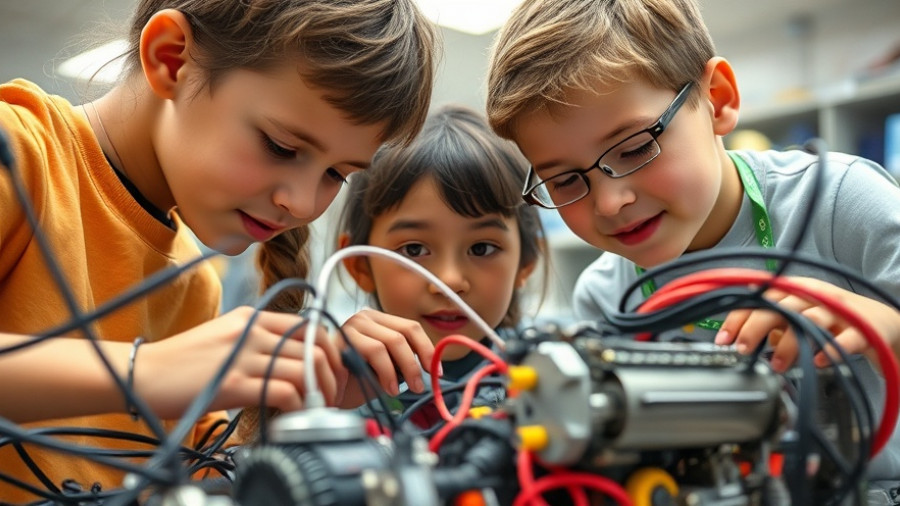
Meta's Superintelligence Lab: A Troubled Start?
In a significant turn of events, Meta's new Superintelligence Lab, hailed for its potential to advance AI technology, is already facing a challenge with the recent departures of three prominent researchers. This exodus raises questions about the lab's stability and the allure of Meta’s hefty recruitment promises.
High Expectations vs. Reality
CEO Mark Zuckerberg led an intense recruiting effort to attract top-tier AI talent with impressive compensation packages that rival those of professional athletes. Despite this, the lab’s early losses suggest internal issues. Researchers like Avi Verma and Ethan Knight have returned to OpenAI after only a few weeks at Meta, indicating a possible misalignment between expectations set during the hiring process and the reality they encountered.
The Appeal of OpenAI
The departures back to OpenAI signify more than just individual career moves; they highlight the competitive landscape of AI research. OpenAI is perceived as a leading entity in the AI sphere, attracting top talent with established project successes and a clear research vision. This shift is emblematic of a broader trend, where talent migration shapes innovative capabilities across technology companies.
Challenges Ahead for MSL
Among the latest resignations, Rishabh Agarwal, a researcher who joined Meta in April, made a notable statement about his departure. His previous impressive tenure across tech giants like Google and DeepMind adds weight to his decision to leave. While he acknowledged the "talent and compute density" at Meta, he expressed a desire to pursue different challenges, signaling that some researchers may be risking their careers for more adventurous opportunities.
Leadership Changes Add to Meta's Concerns
Additionally, Meta is experiencing leadership turnover, with Chaya Nayak, a key figure in generative AI product management, transitioning to OpenAI. Nayak’s move highlights both the competitiveness of the AI labor market and the potential impact of such departures on Meta’s strategic direction within the AI domain. This pattern of talent leaving may put additional pressure on Meta to reassess its operational strategies.
Understanding the AI Talent Migration
The current situation showcases the broader dynamics of tech workforce movement that have been increasingly common in the AI sector. As emerging fields like AI, virtual reality, and biotechnology continue to advance, talent will gravitate towards organizations that align with their aspirations for innovation and career growth. This means established firms like Meta must not only offer competitive pay but also cultivate a compelling work culture that fosters innovation.
What This Means for Entrepreneurs and Startups
For tech-savvy entrepreneurs and startups, understanding this talent migration is crucial. It exemplifies the importance of creating an attractive working environment that values creativity and offers opportunities for personal growth. It also highlights the need for agility in tech-stack decisions and how reliance on major players in the industry can influence overall strategy.
As Meta strives to establish itself in the AI landscape, the implications of these departures should not be overlooked. They are indicative of the challenges that lie ahead for new ventures in a domain characterized by fierce competition and evolving expectations.
For those looking to build successful AI tools or SaaS platforms, observing these developments can provide valuable insights into talent acquisition strategies and operational resilience.
 Add Row
Add Row  Add
Add 




Write A Comment